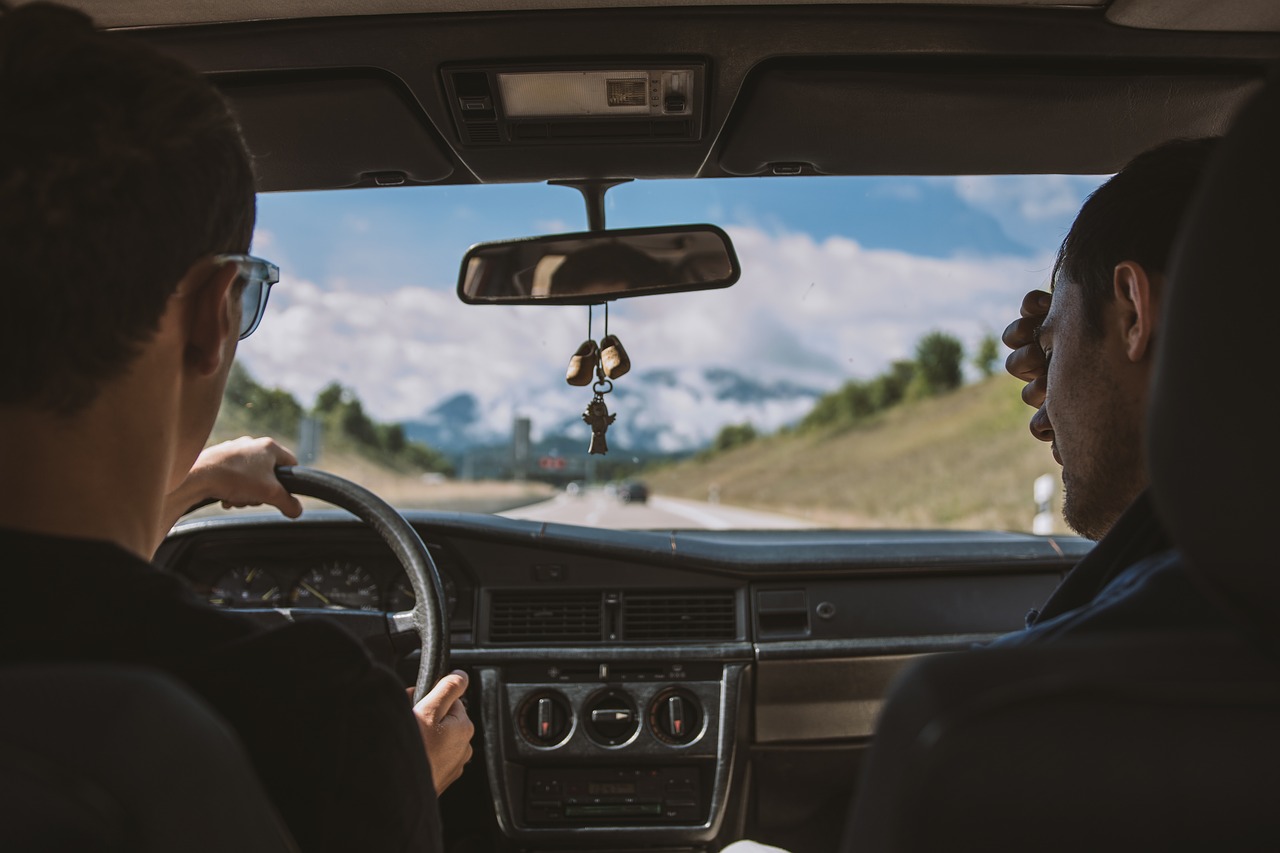Anyone who drives regularly understands that the roads are full of bad drivers and dangers. Most people think they are good drivers, but in reality, many people do dangerous things, like speeding or wandering between lanes, because they aren’t paying close attention. Drivers often tailgate or make sudden turns without using a signal. Aggressive and distracted drivers are true road hazards—and the situation has unfortunately grown worse since smartphones became commonplace.
While you can’t control how other people drive, you can still avoid dangers by driving defensively. By developing your defensive driving skills, you can start to avoid dangers on the road created by other drivers and help keep yourself and everyone around you safe. Some of the key tenets of defensive driving include:
Pay attention to your surroundings.
The key to defensive driving is remaining aware of your environment at all times. You should check your mirrors frequently to see who is around you. Scan about 20 to 30 seconds ahead of you when you’re on the road. Regularly check your surroundings to make sure you know where other vehicles are in relation to you. In addition, pay attention to how other people are driving. If you notice someone driving aggressively, change your position to avoid them altogether. Even if you need to pull over, that is a better option than putting yourself at risk. While on the road, it is also important to look for bicyclists, motorcyclists, pedestrians, and animals that could wander into traffic. By paying attention to your surroundings, you can spot dangers more quickly and give yourself more time to react.
Maintain a safe driving distance.
One of the things you can control as you drive is the distance you put between yourself and the car in front of you. Ideally, you should have enough time to stop if the car in front of you stops suddenly. The rule of thumb is to allow three or four seconds of following distance, which should be adequate to brake when necessary. Of course, this rule only makes sense when weather and driving conditions are ideal. If it’s raining, snowing, or the roads are slick for any other reason, you will need more distance to stop. You may also want to leave more room if you are following a motorcycle or large truck. Keeping this space gives you more time to react if something happens and can keep an accident ahead of you from turning into a multi-vehicle pile-up.
Always think about an escape route.
As you drive, think how you can position yourself for maximum visibility. You should be able to see all the vehicles around you clearly, and they should be aware of your presence. With this visibility, you can map out an escape route to get to safety if anything goes wrong. Sometimes, your lane will suddenly be blocked. Other times, a driver not paying attention may accidentally come into your lane. In either case, you should already know ahead of time what you can do to keep yourself safe and avoid putting anyone else at risk.
Reduce the distractions in the car.
Minimize the distractions in your car. These distractions can keep you from scanning the road effectively and spotting potential dangers. It goes without saying that you should never look at your phone while driving: taking your eyes off the road for even a second can end in disaster. In addition, it can be helpful to use voice commands to control in-car entertainment instead of manually changing the settings. Also avoid eating or even drinking in your car as a sudden spill can cause you to stop paying attention to the road. Talking on the phone can also be a distraction—and in some cases, so can listening to music. If you listen to music, make sure you are still paying attention to your surroundings and that you can still hear horns from other drivers.
Signal your intentions to other drivers.
When you’re on the road, it is critically important to signal your intentions to other drivers. Signaling eliminates much of the confusion about what you might do and helps set a good example for other drivers. You should use signals for more than just changing lanes and turning, however. Use your hazard lights to indicate when conditions ahead are not normal, or when you feel like something is wrong with your vehicle and you need to pull over to get away from traffic. Breakdowns can happen unexpectedly and for a number of different reasons. Move quickly and safely from travel lanes with proper signaling to keep everyone safe. In addition, keep reflective signs and flares in your emergency kit to maximize visibility at night if you find yourself on the side of the road.
Avoid depending on other drivers.
Be as considerate as you can when you’re driving. This means letting people merge in on busy roads and, as mentioned before, signaling to communicate your intentions. Try to keep your emotions in check, even when another driver cuts you off or does something infuriating. At the same time, never assume that other drivers will give you the same consideration. Ultimately, you need to look out for yourself. Other drivers will not necessarily move out of your way when you need to merge or let you over when you need to exit the highway. If you operate assuming that other drivers could blow through red lights or fail to stop at appropriate signs, you will always react in a defensive way that keeps everyone safer. Keep the worst-case scenario in mind and believe that the other driver may actually do it. This can keep you from making a costly mistake.
